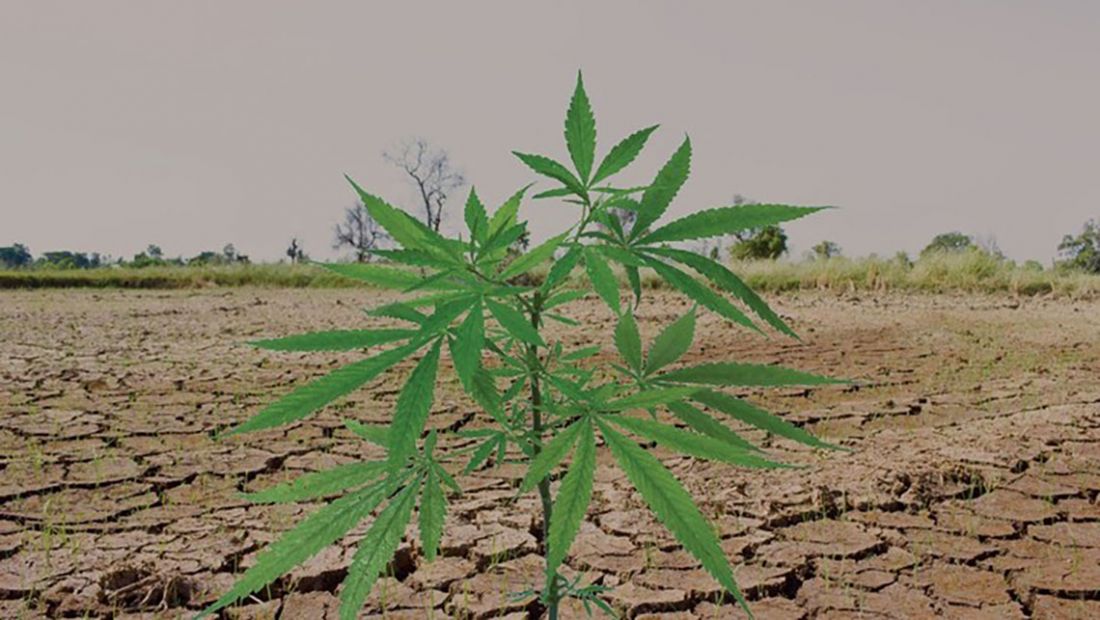Image via
California cannabis farmers can’t catch a break, or at least that’s how it appears after the state’s governor proposed a drought plan that would exclude them from agricultural subsidies, reports MJ Biz Daily. That’s disastrous because California is cracker dry this year — the state’s Department of Water Resources found that January through March yielded the least amount of snow and rain in recorded history. Every single one of California’s 58 counties have declared drought emergencies.
So what are farmers to do? Well if you grow rice, alfalfa, or nuts near Northern California’s Sierra Nevada mountain range-area watersheds, you can safely sit the season out. $268 million will go to to these ag-cultivators to pass on their 2022 harvests because the state is bone dry.
Many cultivators are getting a pay out this year — except those that grow cannabis. Weed is left out of subsidies because it is federally illegal. Another likely reason is that cannabis uses a lot of water to grow. One study found that cannabis plants need six gallons of water per day while they are growing — a period that can last around five months. Wine grapes, the same investigation found, will typically use roughly half that amount.
The cannabis and water cross-over was seen many times in last year’s headlines about illegal cannabis grows. At the time, the state’s water board was putting out numbers that something like 80 percent of California’s cannabis farms were unlicensed. That’s a lot of water being used for an “illegally” grown crop.
“It’s an unfortunate double standard that some farmers are deemed worthy of receiving this kind of support, but cannabis farmers, who are still fighting to have cultivating cannabis plants recognized as agriculture, are in a position where they have no ability to pause their operations and their tax burden without endangering their ability to remain in the licensed market,” said Michael Katz, executive director of the Mendocino Cannabis Alliance, to MJ Biz Daily.
He continued, getting right to the point: “If we don’t see more support programs that factor in the drought … we will see the continuing loss of small independent cannabis businesses.”
But at this point, the plan is still in the proposal phase, slated to become part of the $2.9 billion water plan that California Governor Gavin Newsome is running.
The drought is surely the last thing that California’s small cannabis farmers need to be dealing with right now, as they’re already facing steep hurdles to just stay afloat in the industry. The state raised cultivation taxes on the plant to $161 per pound plus a 15 percent excise tax in January, despite the fact that Cali’s cannabis taxes are already well above national averages.
That’s caused some city and county governments to step in to save their weed companies. In February, Humboldt County’s Board of Supervisors reduced the county’s cultivation tax by a whopping 85 percent. San Jose, Berkeley, Long Beach, Oakland, San Francisco, Palm Springs, and San Diego are also among the cities that have passed tax relief measures as of late.











